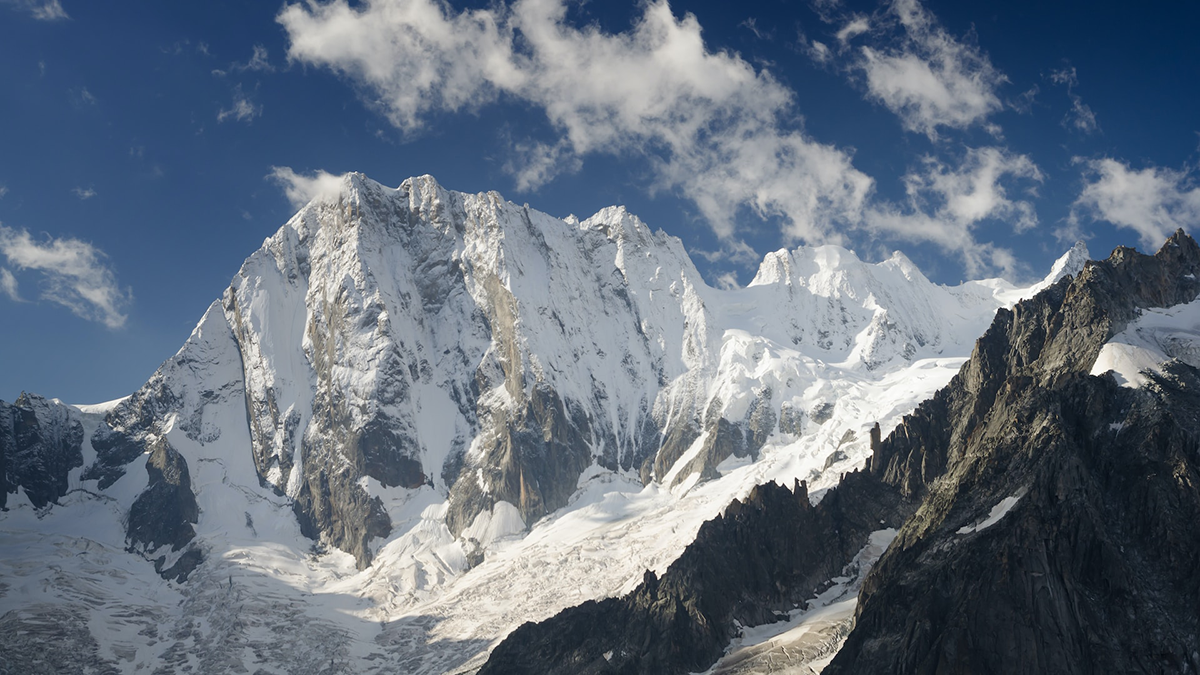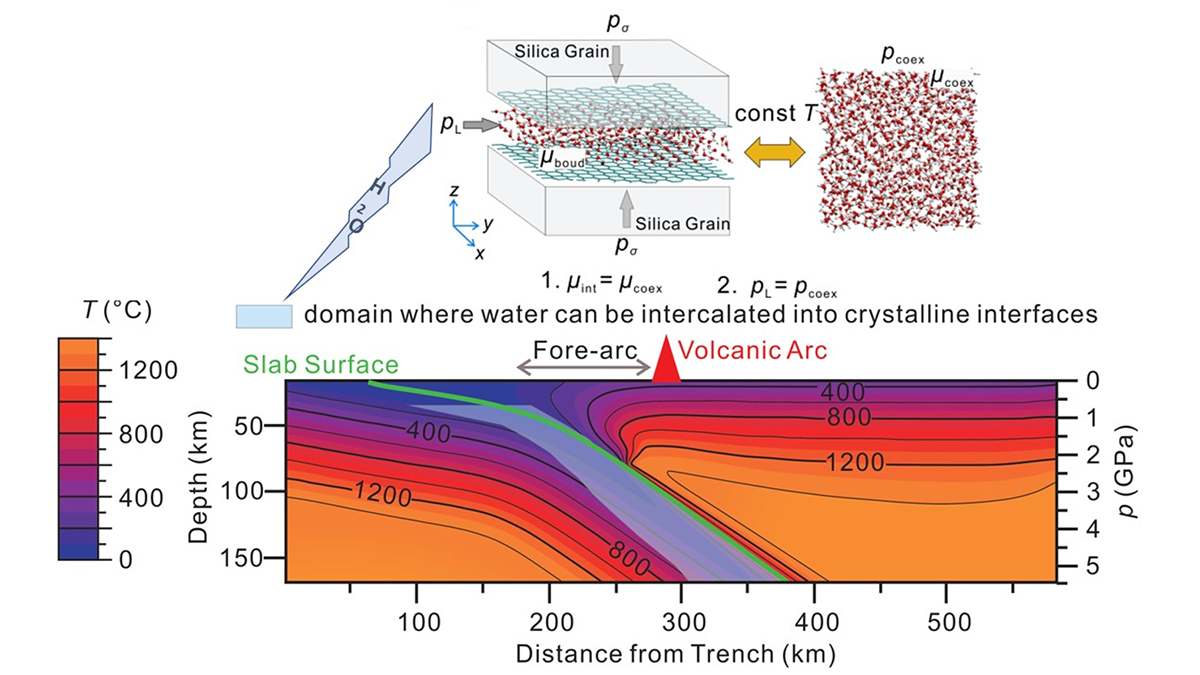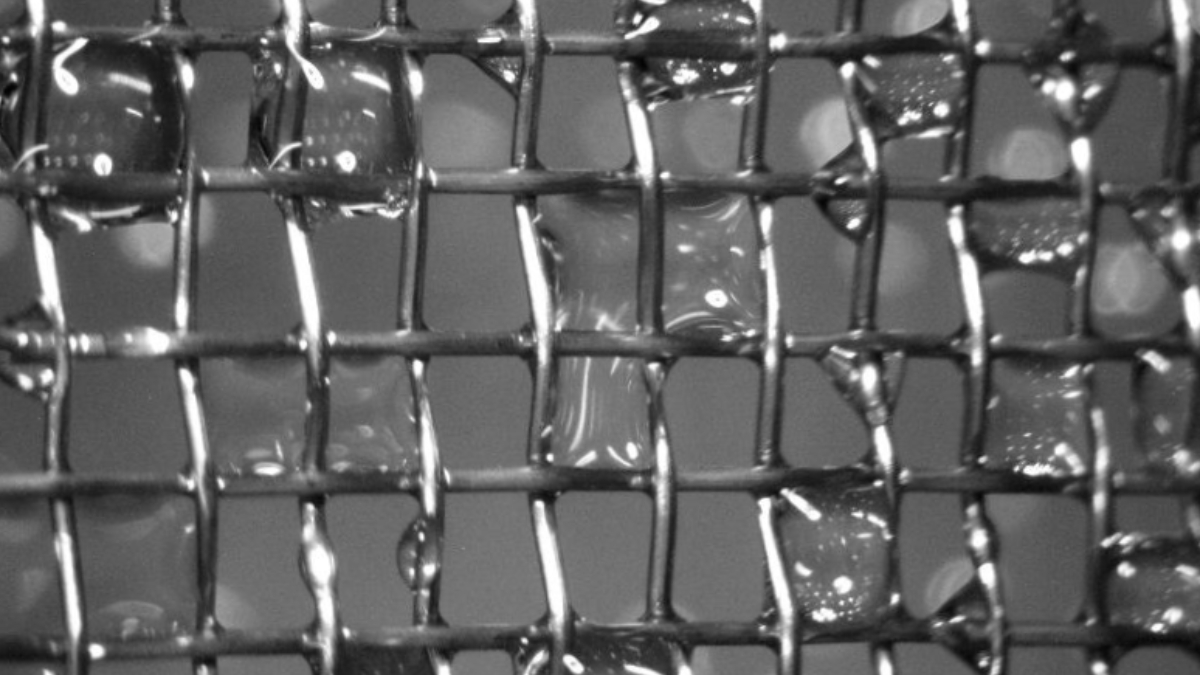A new study investigates the dynamics of the complex continental collision that formed the European Alps and reveals how structural alignments change with depth.
Earth science
Plants Worldwide Reach a Stomata Stalemate
Research unveiled a surprising plateau in plants’ ability to absorb carbon through stomata, which could mean more carbon left in the atmosphere.
Earthquakes Have Preparatory Stage Years Before Rupture
Tidally induced seismicity increased locally before the 2019 Ridgecrest earthquake, suggesting that fault sensitivity to stress increases in the years immediately before large earthquakes.
Fluid Release from Subducted Slabs Without Percolation Flow
A new study demonstrates the absorption mechanism of H2O release out of subducting slabs, making the previous hypothesis of dehydration embrittlement unnecessary.
Low-Tech, Energy-Free Tool Collects and Cleans Fog Water
A new fog harvester could benefit communities that lack access to clean freshwater.
Flowing Crust Pushes Faults on Their Backs
Puzzlingly shallow faults in western Türkiye are likely getting a boost from below.
Radar Tracks Unfortunate Creatures Trapped in Tropical Cyclones
Cyclones can sweep up birds and insects and transport them great distances.
Protein Powder Makes Ice Crystals Flower
Dust from Alaska is particularly effective at forming ice crystals because it contains biological components, researchers believe. The finding has implications for cloud physics and our planet’s climate.
La desigualdad del estrés por calor
Residentes de vecindarios históricamente marginalizados enfrentan mayor estrés por calor que los de otras áreas.
Exploring the Mantle Through Microseisms
A new method for examining the tiny vibrations of Earth caused by ocean swells could help reveal details of deep-Earth structure.










